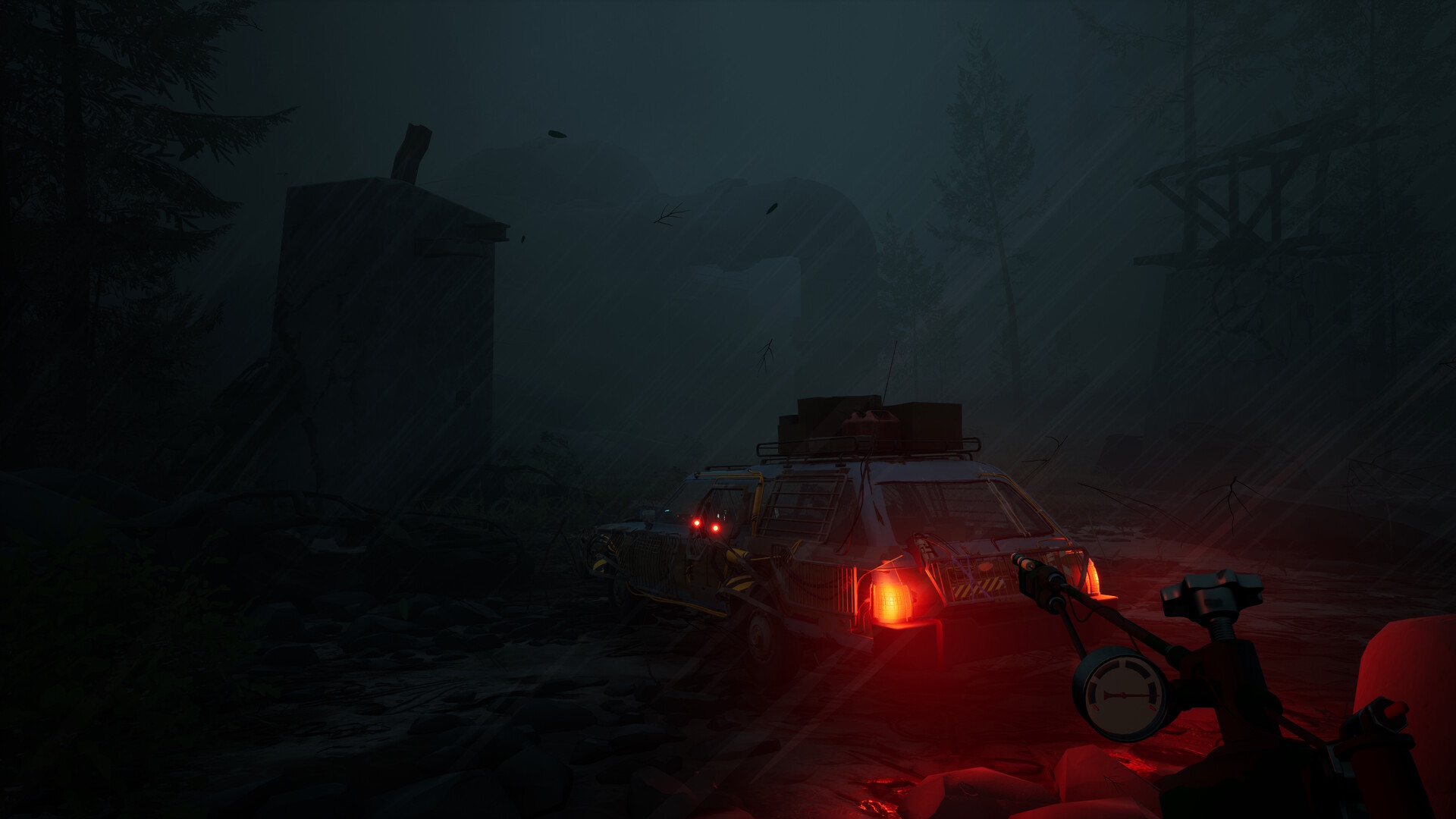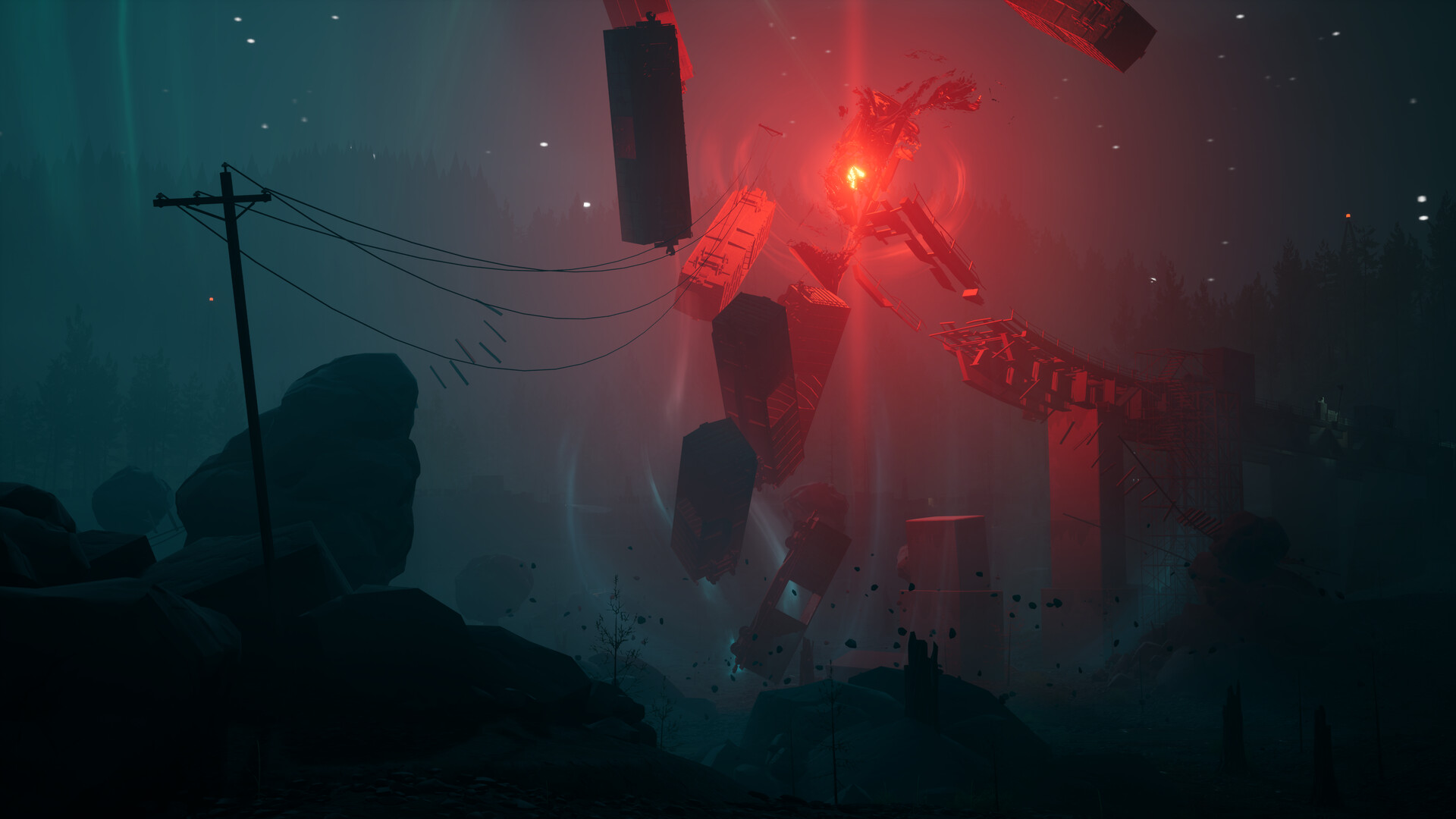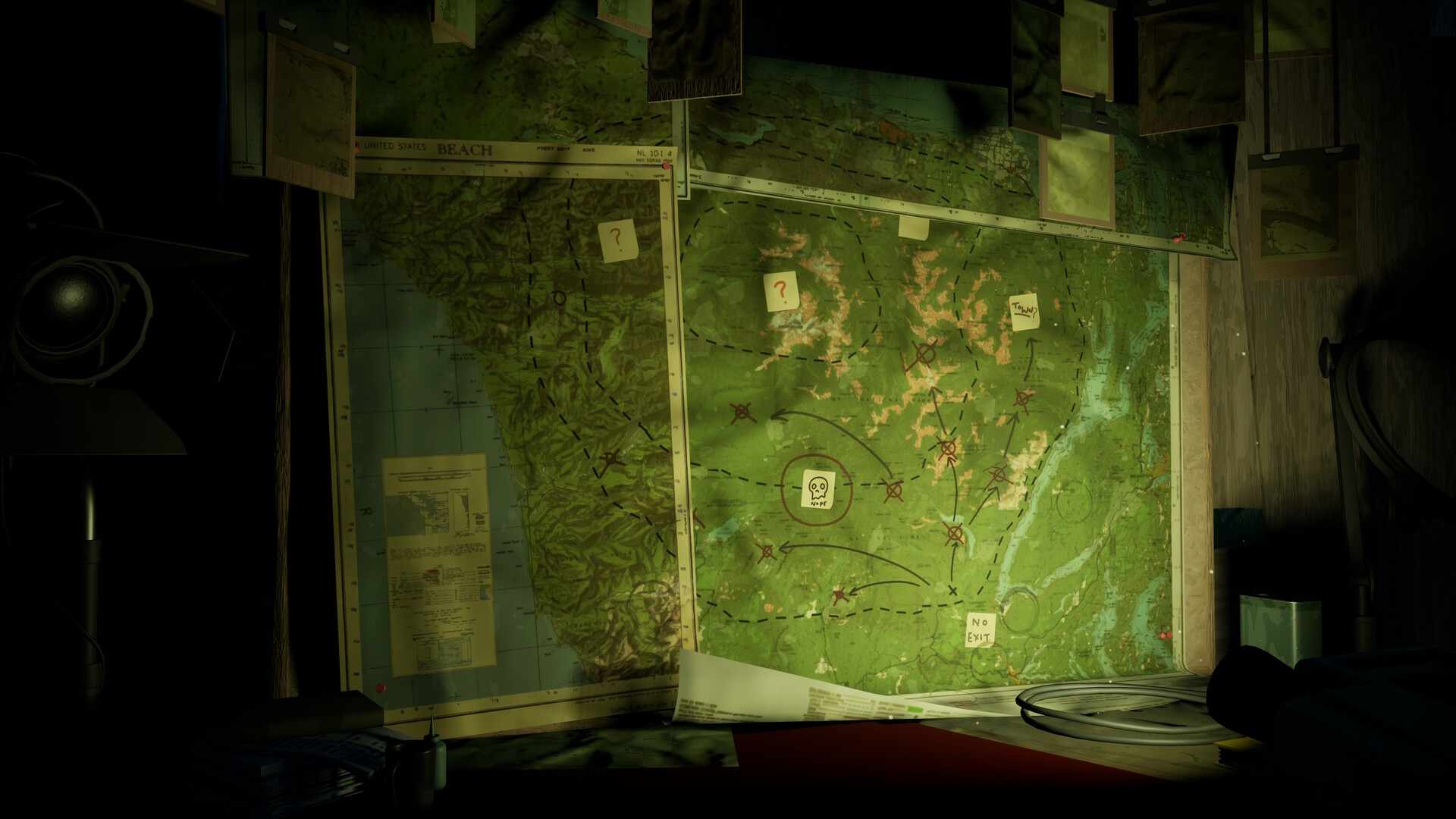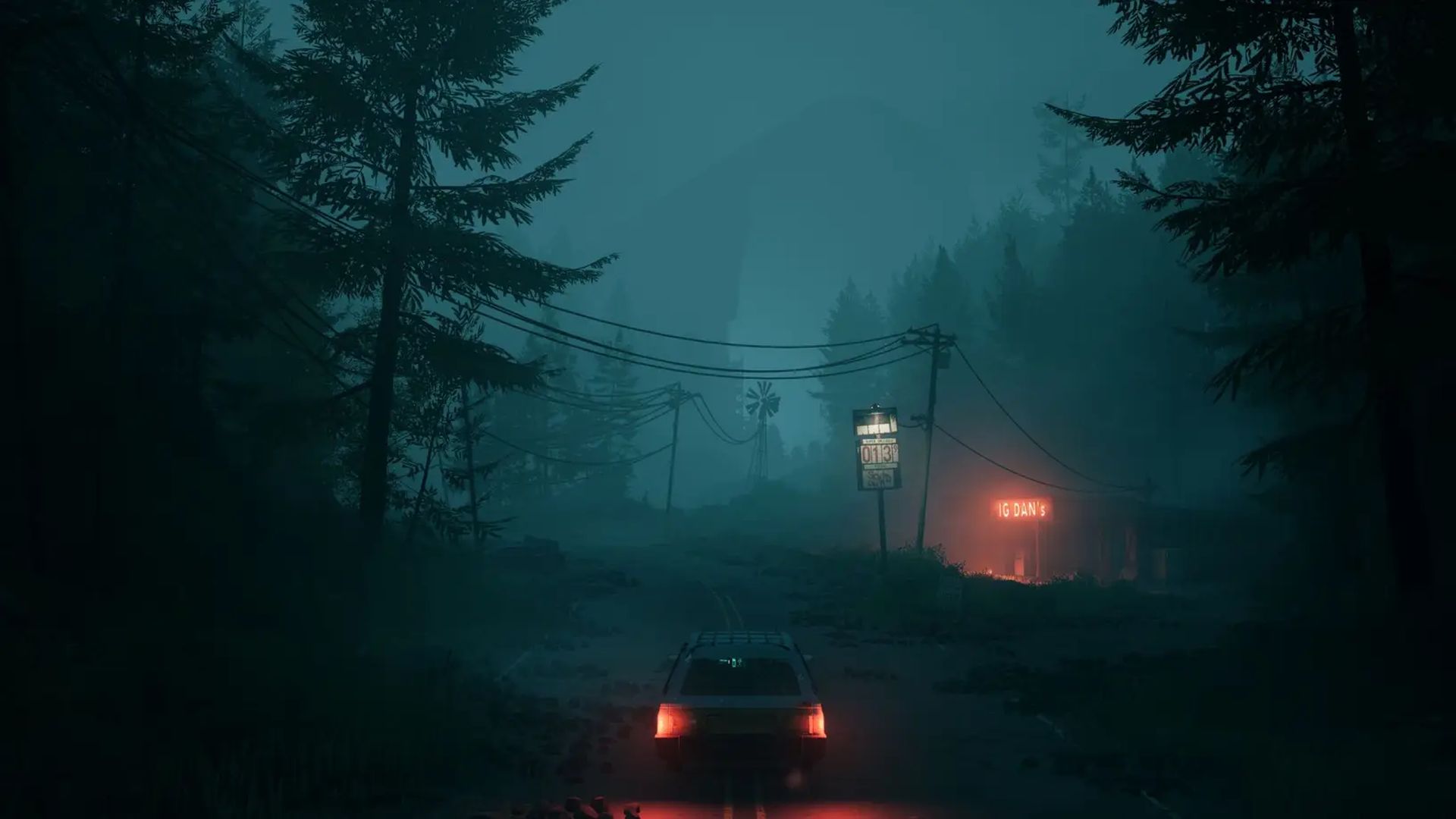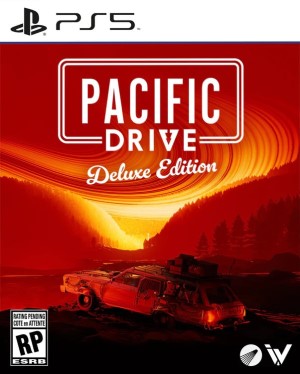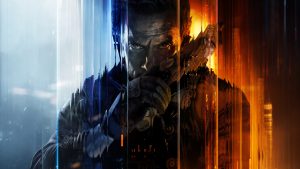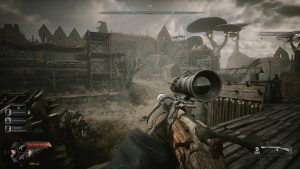
When I first played the preview demo for Ironwood Studios’ Pacific Drive, I described it as a mood. A heady mix of beauty and tension; a calm drive preceding a manic escape from an all-consuming storm; an exodus into the great unknown as the walls ominously close in. Now that the full game is out, all those things are true and then some.
However, regardless of whether you stay for the moody aesthetic, supernatural sights, engrossing mystery or survival-focused gameplay, Pacific Drive is a trip. It’s many trips rolled into one, figuratively and psychologically. There are some places where it can be tightened up and further polished, not to mention room for further expanding on its systems, but right now, it’s one of the more unique gaming experiences of the year.
"If the Instability doesn’t kill people, then it’s the various roaming Anomalies, each manifesting in nigh-unpredictable ways."
Pacific Drive starts innocuously enough as your character ventures into the Pacific Northwest on what seems to be a road trip. A note to stay on the roads and some warning signs later, you encounter the massive walls of the Olympic Exclusion Zone. After going slightly off road, your vehicle and surrounding electronics shut down as you’re teleported inside the walls. Once inside, you discover a beat-down station wagon and use it to escape the encroaching Instability while becoming further acquainted with Francis and Tobias, two individuals who have been in the Zone for a long time.
As you arrive at what seems to be an abandoned Auto Shop, you’re introduced to Dr. Ophelia Turner or Oppy. She’s none too thrilled with your presence, but it’s not long before all three characters note the nature of the station wagon. It’s a Remnant, an object with a mysterious power that binds itself to people, causing them to obsess over it before eventually driving them insane. Before that happens, you need to find a way out of the Zone…which is easier said than done.
Thanks to experiments conducted by the mysterious organization, ARDA, the Zone’s makeup changes constantly. If the Instability doesn’t kill people, then it’s the various roaming Anomalies, each manifesting in nigh-unpredictable ways. The voice-acting for each character is top-notch. Francis comes across as level-headed but can get emotional; Tobias is almost obsessed with urban legends and conspiracies but is generally easy-going; and while Oppy acts cold and distant, she’s lost a lot and feels responsible for the Zone’s current situation. The banter and arguments between all three feel natural and drive the plot along quite well.
Even by survival crafting standards, the points of interest – from research laboratories to houses – are little more than resource nodes that you quickly clear.
Pacific Drive combines survival crafting with driving, but it’s not a traditionally linear campaign. You choose a route, with procedurally generated Junctions serving as the main areas of exploration. Depending on the parts visited, you’ll encounter harsher conditions, an abundance of some resources, a lack of others, and other dangers, which we’ll get into.
How you proceed through a Junction is up to you, whether it’s to explore the different buildings and scavenge for materials, scrap any cars on the highway or collect Stable Energy for the Arc Doc. Not only does the latter open a gateway to teleport back to the Auto Shop, but it can also be used to unlock new blueprints and devices.
There is a rogue-lite flavor to it all, especially since you can lose some (or none) of your items if you fail a drive. However, even by survival crafting standards, the points of interest – from research laboratories to houses – are little more than resource nodes that you quickly clear. There aren’t puzzles or combat per se – if anything, the tension is closer to a horror title as you stop at a location, frantically gather resources, and either flee or avoid detection from the Anomalies.
It allows for an overall faster pace, with the procedurally generated buildings striking a fine line between complexity and pacing with their layouts (even if they can feel a bit too familiar on repeated drives).
"The overall exploration of Pacific Drive, specifically the vehicular handling, feels pretty good. When compared to driving an actual broken-down station wagon, it’s fairly realistic…"
The Anomalies are also interesting because they’re not all enemies as much as phenomena like the weather. Yes, Abductors will latch onto your car (or you), but for the most part, you can move around the exploding Tourists and predict the Can Opener’s path to avoid swift disassembly. Some may cause different effects, like swapping left and right controls on your car, providing a sudden burst of speed or healing you. A Squall can also emerge from nowhere, pushing you around or – even worse – causing multiple pillars to block your path.
Alternatively, you could deal with different kinds of anomalous Dust Bunnies stuck to your vehicle, which provide resources when destroyed with the Scrapper. The tension is real, though, especially when you’re on foot and can hear the hum of an Abductor as it skulks around a building. Sometimes, the number of Anomalies can get somewhat overbearing, especially when you gather Stable Energy, but they keep things spicy.
The overall exploration of Pacific Drive, specifically the vehicular handling, feels pretty good. Compared to driving an actual broken-down station wagon, it’s fairly realistic, with the vehicle easily sliding out on muddy terrain and stalling if attempting to climb slopes. Subsequent upgrades improve it, from the damage resistance to different tyres that better manage specific terrain.
Steel Plates and Doors provide more health, but you may want to invest in Insulated versions for electric resistance or extra radiation shielding with Lead-Plated variants. Similarly, you have Offroad, All-Terrain, Puncture-Proof and Paddle tyres with different affinity ratings for navigating water, rocky environments and regular roads.
"As a narrative experience, Pacific Drive may not be the longest title if you stick closely to the story (at least for me), but the range of items to craft and side quests add to it"
On top of this are upgrades for more storage space (both in your backpack and in the Auto Shop), new tools, repair kits and much more. There is a decent amount to unlock, and while the interface can look daunting at first, it’s easy once you’ve got the hang of it. Your vehicle can also develop Quirks over time, which must be diagnosed with the Tinker Station (and careful observation) to correct them.
On-foot controls are also easy to pick up, especially once you learn the difference between equipping objects in quick-use slots and simply carrying them in your hands. I also appreciated the immersive aspects of Pacific Drive, whether it’s having to manually start your vehicle and shift it into drive when heading out or repairing different parts by splashing Repair Putty, sealing punctures in tyres and so on.
While it can feel like a daunting experience at times, the sheer range of accessibility options works wonders, from brightening up the nights to making it so that no items are lost if you die. Alternatively, you can dial up the difficulty and immersion in many cases for an even more harrowing time.
As a narrative experience, Pacific Drive may not be the longest title if you stick closely to the story (at least for me). Fortunately, the range of items to craft and side quests add to it, and exploring different Junctions of the Zone to catalogue all the Anomalies or unique conditions that abound can be fun.
"However, even with its faults, Pacific Drive a compelling experience you’ll want to see through to the end."
The aesthetic, combined with the soundtrack, does make you want to embark on an evening drive now and again if only to soak up the atmosphere. It’s backed by solid performance on PC, barring some stutters when destroying certain objects, and a strong level of polish, with very few noticeable bugs throughout my experience.
It’s not easy to point fans of rogue-lite, driving or survival crafting games to Pacific Drive simply because it combines all three genres in unexpected ways. However, even with its faults, it’s a compelling experience you’ll want to see through to the end and maybe revisit to unravel its deeper mysteries.
This game was reviewed on PC.
Gorgeous aesthetic brought to life with excellent lighting, shadows and particle effects. Engrossing narrative with intriguing mysteries and well-rounded characters. Handling and exploration are on point, and the resource-gathering and crafting are streamlined well. Wealth of accessibility options to tailor the experience to your liking.
The Anomalies can get a bit overbearing at times. Some Junction modifiers also feel annoying to deal with. Some procedurally generated points of interest wear thin after a few drives. There are some who may find the entire experience daunting at first.









